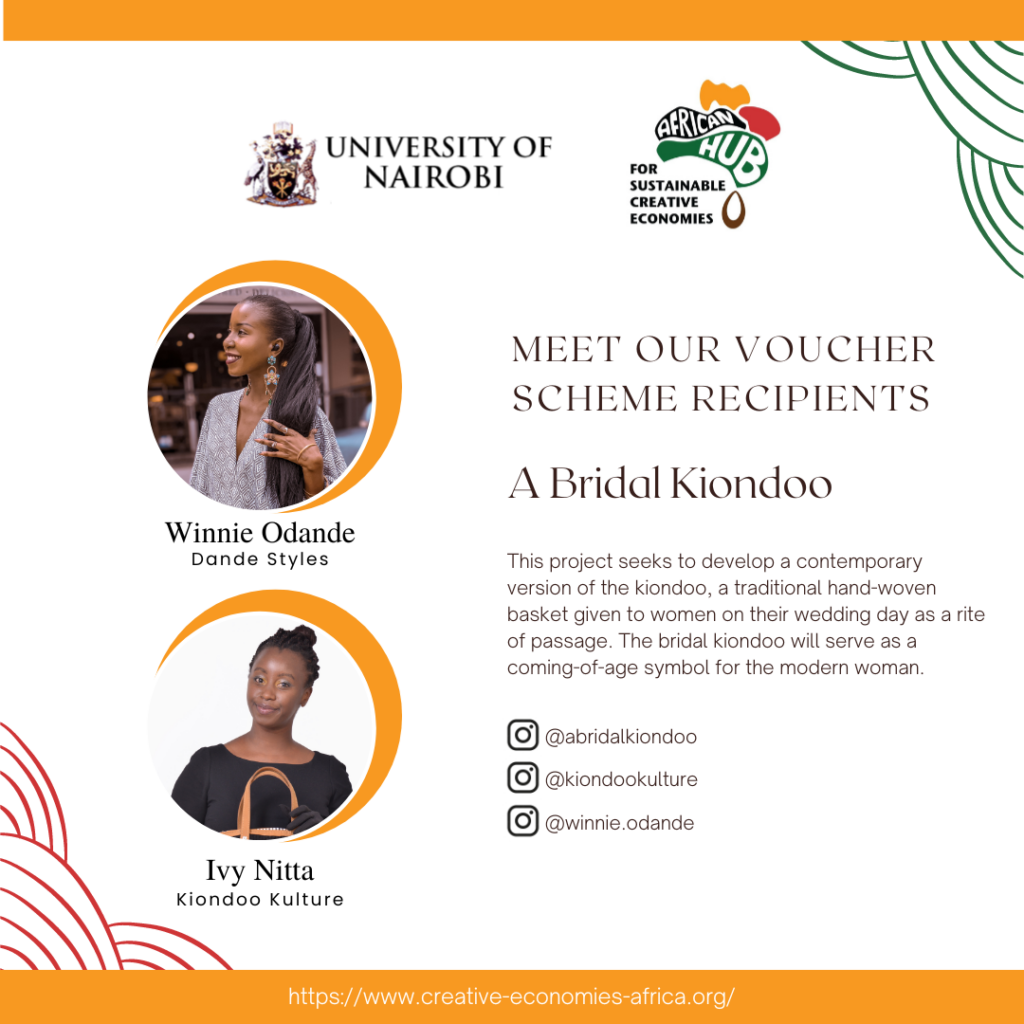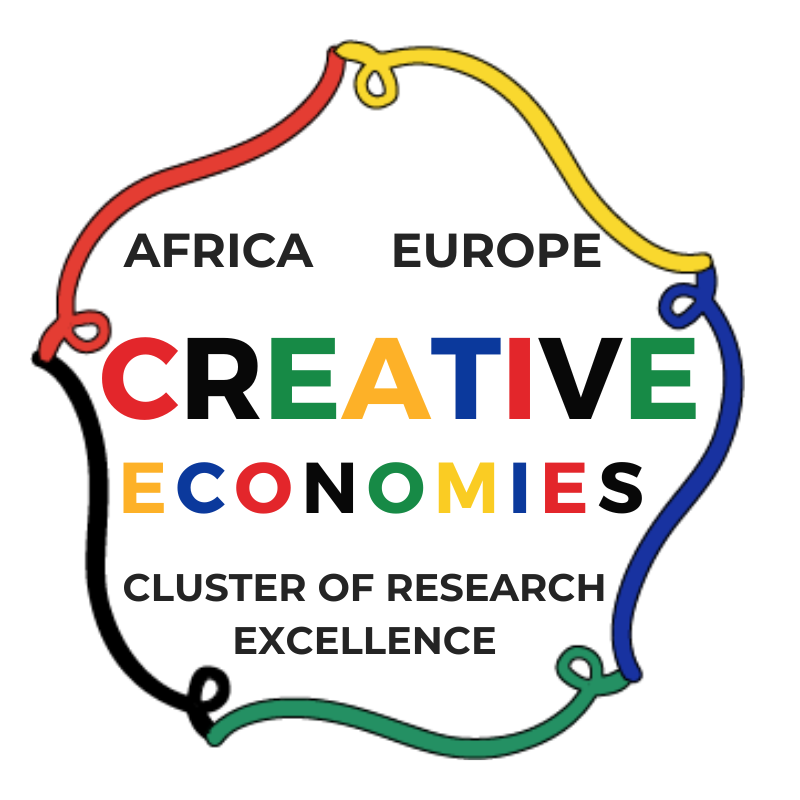
By Waithira Kibuchi
Many African customs are a hybrid mix of western and indigenous traditions that are so ingrained, their origins are no longer examined but accepted as just the way things are done. Marriage ceremonies in Kenya are a quintessential example of such customs. These ceremonies blend the indigenous dowry ceremony with wedding rites from major religions such as Islam and Christianity. The dowry ceremony, which comprises several visits between the bride and groom’s family, is a crucial part of marriage, and the union is typically not acknowledged by the community until the proper customs have been carried out. Both ceremonies incorporate a gifting tradition in which friends and family bestow household items such as pots, calabashes and cutlery on the couple to help them set up their household. Of these gifted household items, the kiondoo may be one of the most ubiquitous and symbolic, particularly amongst Bantu communities such as the Gĩkũyũ, Meru, and Kamba.
The kiondoo is a traditional hand-woven basket made using indigenous fibres such as dried palm, banana leaves, and sisal fibre and finished with leather trimmings. Later versions incorporated the use of acrylic yarn and recycled polythene. The basket was traditionally used to carry produce in the fields when harvesting, transport it to and from the market and store food at home. This versatility made it indispensable to the life and subsistence of the community. It was therefore given to women on their wedding day to acknowledge their new responsibility to take care of the family and marked their passage from girlhood into womanhood. The kiondoo remains an essential wedding gift and has since been adopted as a cultural marker of Kenyan identity. It is still used to carry and store goods in the present day, but smaller versions have been developed for use as fashion accessories.
Winnie Odande and Ivy Nitta, the team behind A Bridal Kiondoo, acknowledge that the context of the kiondoo during the marriage ceremony has evolved over the years. They are looking to recreate the traditional form into a version that fits the context within which the contemporary bride uses it. Winnie is the Founder of Dande Styles, which offers fashion styling and image consultation. She also runs a clothing brand, Shop Dande. Ivy is the Founder of Kiondoo Kulture, a social enterprise working with artisans from Kyekoyo to produce ciondoos. They both attended the AHSCE Creative Imagination Workshops and later connected through Instagram.
The pair’s skills are well-matched. Ivy will lead product execution and Winnie will oversee product styling and communication. They hope to merge their perspectives and creative processes to create a novel kiondoo, cultivating a synergy in their working relationship that will outlive the length of this project. They intend to design and produce several styles that can be used during different stages of the marriage ceremony. This would elevate the kiondoo from a symbolic item stored away after the wedding day to one that is relevant and useful in the woman’s day-to-day life. They will work with female artisans in rural Kenya, empowering them to earn income for their families. Weaving the ciondoos by hand using locally available materials is also a slow fashion production model that can be taught easily to other women in the community. This makes it ethical and sustainable.
Winnie and Ivy hope that their project will culminate in a revolutionary product that will serve as a coming-of-age symbol for the modern woman and give voice to the lived Kenyan experience. The AHSCE is proud to support A Bridal Kiondoo and looks forward to publishing its outcome at the end of the project.
